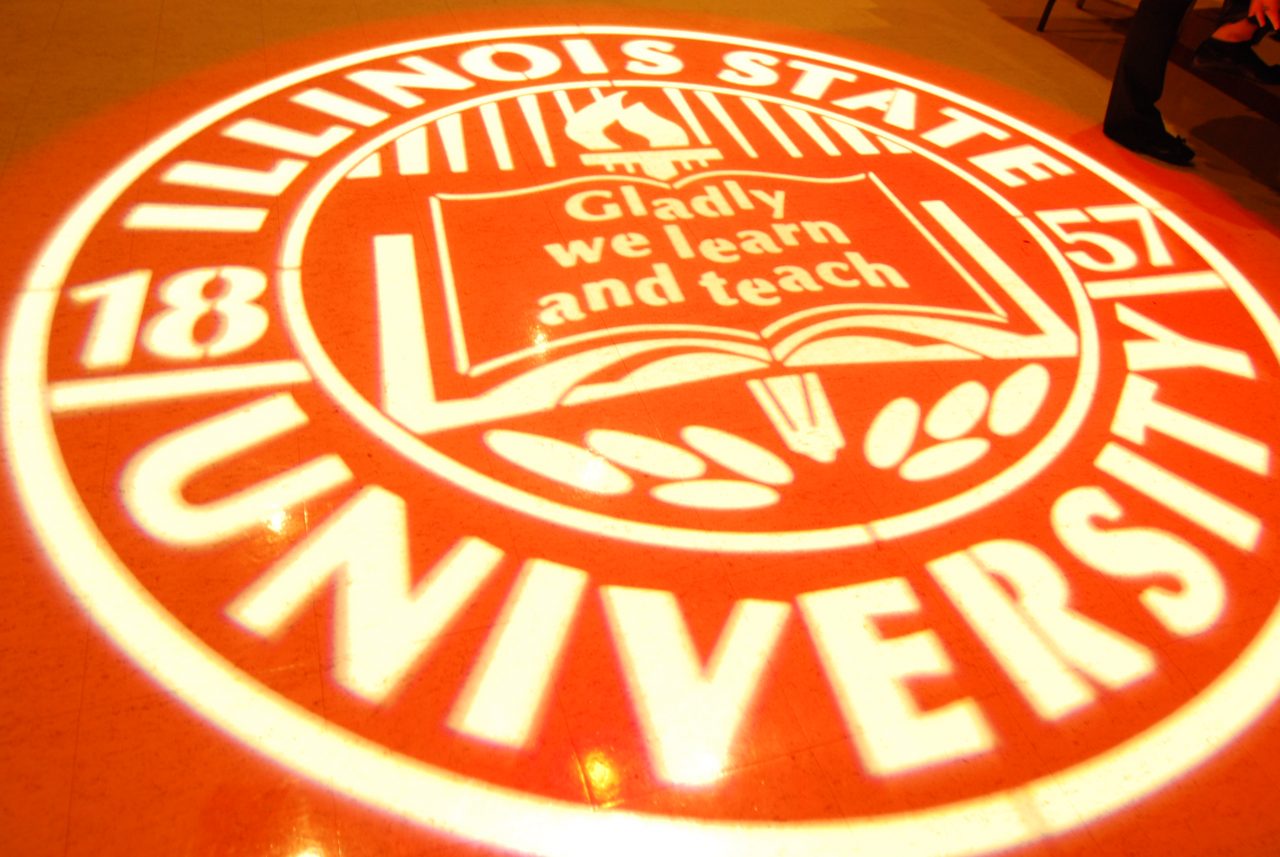Maria Luisa Zamudio first discovered the importance of bilingual education under trying circumstances. At 8 years old, Zamudio’s father moved his family from their home in Mexico City to Texas for his job. Zamudio and her siblings were enrolled in a school that offered no bilingual courses and teachers were ill prepared to work with Hispanic students. As a result, it was extremely difficult to complete coursework and fit in with both students and teachers.
Recalls Zamudio “In Mexico, I took English in elementary school, and siezed every opportunity I had to learn it. But when I came here, it was like a different world. I felt very alienated”.
Zamudio eventually returned to her home in Mexico and pursued a career in business. She worked in banking for eight years, but discovered that it wasn’t her calling.
“Making people richer is not my thing,” she explained with a laugh.
In 2000, she decided to return to the United States to take ESL classes and pursue a master’s degree in literature. In 2001 she was first introduced to the Bilingual-Bicultural Program, where she began working as a graduate assistant. After graduating, she was hired in a full time administrative position.
Today, Zamudio serves as the assistant coordinator for the Bilingual-Bicultural education program and Administrative Assistant for graduate programs in curriculum and instruction. She is also working toward her PhD in higher education and administration.
The Bilingual-Bicultural education program at Illinois State originally began as a grant, and has since become an established program. It is offered to elementary education majors and prepares future teachers to teach both English and Spanish in a bilingual setting. The five-year program is interdisciplinary with components from the language department, department of English, Foreign Languages, History, Sociology, and Anthropology.
In order to become certified as a bilingual teacher, students must complete additional courses and be prepared to teach children with Hispanic backgrounds and also teach Spanish to English speaking children. Zamudio expressed that the purpose of Bilingual Education is not to isolate students from unknown languages, but to teach them to be bilingual. For example, a classroom may contain students that are 50% English speaking and 50% Spanish speaking. Therefore, the teacher must instruct in both languages, and as a result, both languages are absorbed.
Each year, Zamudio travels with students to study abroad programs in Taxco, Mexico, or Cuernavaca, Mexico.
“Bilingual is not just about language, it is also bi-culture. If you learn the language, you must also learn the culture; no exceptions,” Zamudio said.
The study programs teach students how to deal with cultural situations in the classroom. In Taxco, students spend eight weeks living with local families. The first week is spent visiting a public school, observing, and learning the differences in cultural and levels of education between public schools in Mexico and the United States. During the remaining time, students take language and culture courses at Centro de Enseñanza para Extranjeros (CEPE). The Cuernavaca Program is only only four weeks and was created for all education majors. Students live with local families and experience Mexican culture while learning about language, culture, and pedagogy in a multi-cultural setting.
“It makes a huge difference,” Zamudio said. “It helps students learn the different methods, resources, languages, and the way teachers treat children. For example, teachers in Mexico tend to be more motherly or nurturing, with hugging and physical contact, while in the United States interaction is more distant. It’s important for students to observe and understand why children may act in certain ways”.
Zamudio also helps place students in Yearlong Professional Development School (PDS) internships in bilingual education classrooms in Chicago, Elgin, and Wheeling. Students work with teachers for an entire school year implementing classroom instruction using English and Spanish and bilingual methods. In her experience, Zamudio has seen immense success from this program. During the year they become very familiar with the district, which is always seeking new teachers. Many have jobs in place before graduating.
Zamudio also advises students on curriculum and keeps them on track. On average, the program receives about 20 new students per year, and graduates of the program are highly qualified with 100% job placement.

